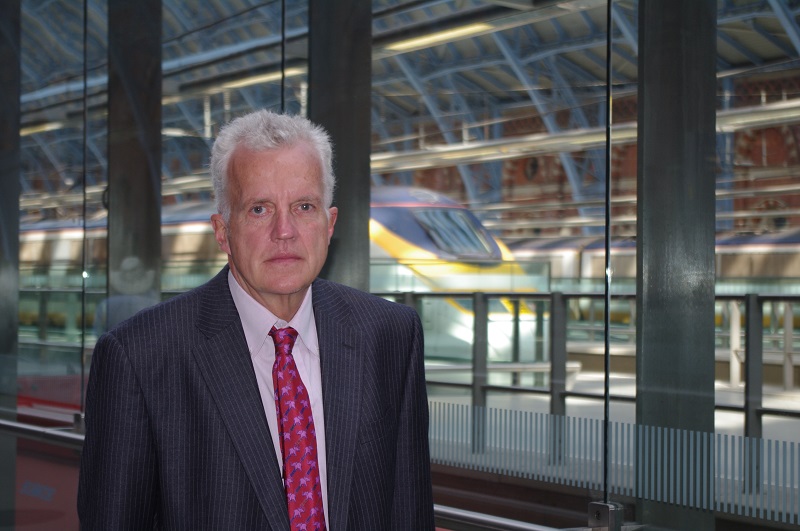Remember all that fuss last year about the Congestion charge? London was going to grind to a halt, children would be left on street corners to make their own way to school and the public transport system was going to seize up.
It was all bunkum, as I predicted in an article on this page exactly a year ago, the day the scheme was introduced. The demonstrations of angry motorists simply did not materialise, nor did the expected chaos on the periphery. Indeed, the first day was characterised by remarkable silence on the streets of central London, not seen since the 1930s.
The serenity continued. At a stroke, the number of cars going into the capital between 7am and 6 30 pm fell by 30 per cent. People took to the extra buses put on by the mayor’s Transport for London, walked or hopped on their bikes – a staggering 73 per cent more cyclists are coming into the congestion charge zone every morning than in 2002.
The congestion charge is that rare bird, a transport success story. London has, at a stroke, become a better place to be in. The congestion charge has been the most important transport innovation since the renaissance of the tram in the 1990s. Instead of vainly attempting to predict the demand for transport and building the infrastructure to cope, congestion charging is an attempt to restrict demand and to encourage people on to public transport.
As I wrote last year, ‘if Ken Livingstone is successful in reducing congestion even by the predicted 10 or 15 per cent, it will have done everyone in the capital a favour and will make Britain a world leader in at least one respect, a rare event these days’. In fact, that target has easily been met and visiting transport experts from around the world have been taking favourable impressions back home.
In political terms, far from sounding the death knell for Ken Livingstone, the success of the charge has made him a shoo-in and Tony Blair has even been forced to take him back into the Labour party. His Tory opponent, Steve Norris, made the wrong call by opposing the charge and is now political dead meat.
Sure the scheme is not perfect. There were, inevitably, some motorists who have spent unblemished lives north of Watford have been sent a penalty charge notice because of a misplaced digit in a computer or a cloned registration number. Capita, the much criticised IT company has had to have its backside kicked a few times by Transport for London but compared with major central government fiascos on passports or criminal records, the problems have been trifling. The fact that the income has been lower than expected is down to the scheme exceeding expectations and its higher costs.
Of course there are individual sob stories, like the woman on local TV yesterday who, worried about a possible expansion of the scheme, said that every time she visited the gym she would have to pay £5 because it was too far to walk. More seriously, a few unlucky, relatively poor, people will have suffered. But that’s the point about making tough political decisions, benefitting the majority in favour of the minority.
The overall effect has been enormously beneficial for Londoners and, contrary to many fears, the congestion charge has not damaged the economy. A London First survey published today shows three quarters of businesses reckon the scheme is working. And is it a coincidence that tourism in the capital is now booming again?
In fact, Ken Livingstone has not been brave enough. He is planning to double the size of the scheme to include much of Westminster and Kensington & Chelsea, but If he really wants to get motorists of the city’s streets, he should double the charge to £10. That would really ensure only those desperate to drive would continue to do so, freeing up more road space for buses, cyclists and walkers. Go on Ken, you’ve got them on the run, go for it.
